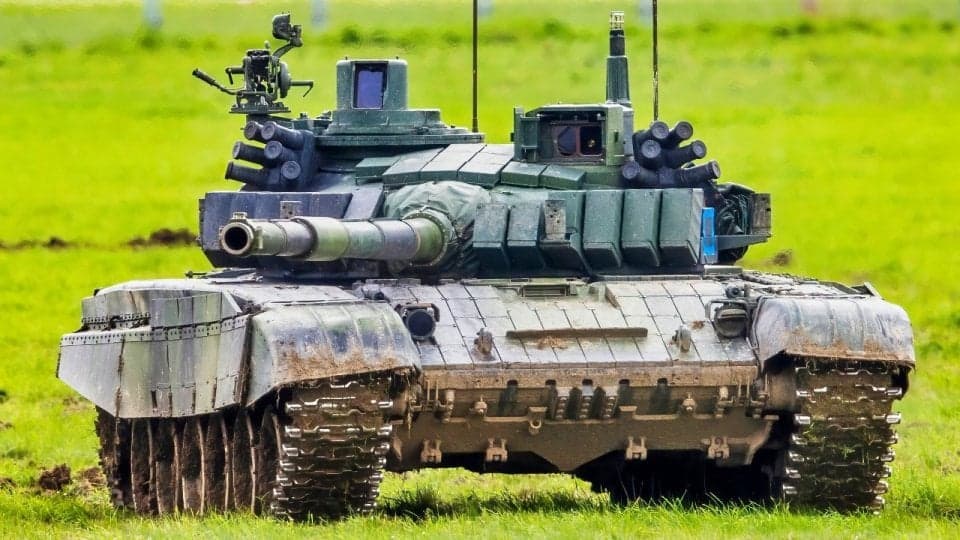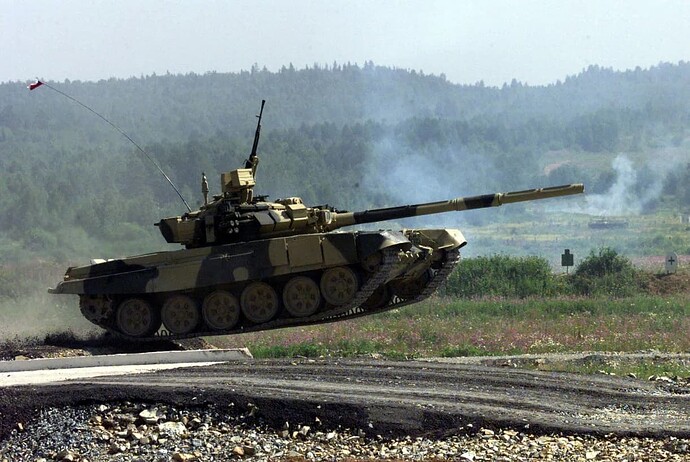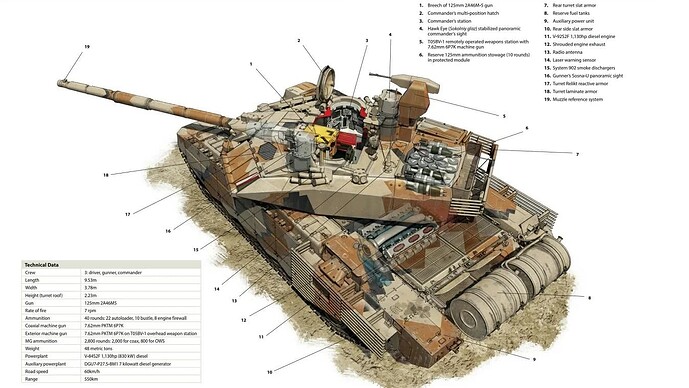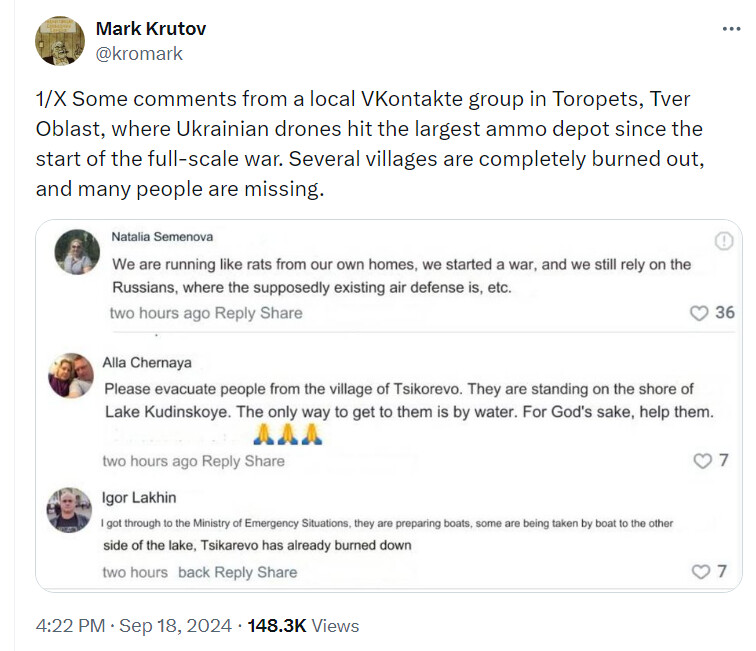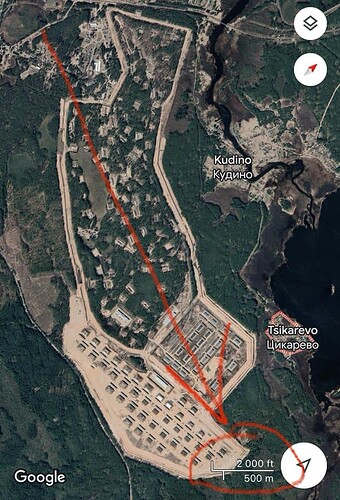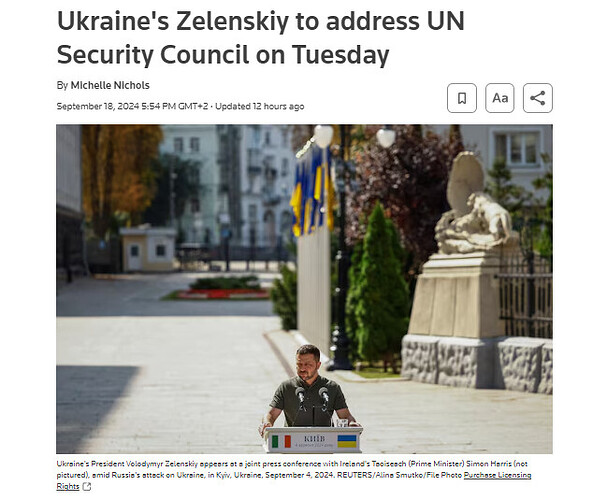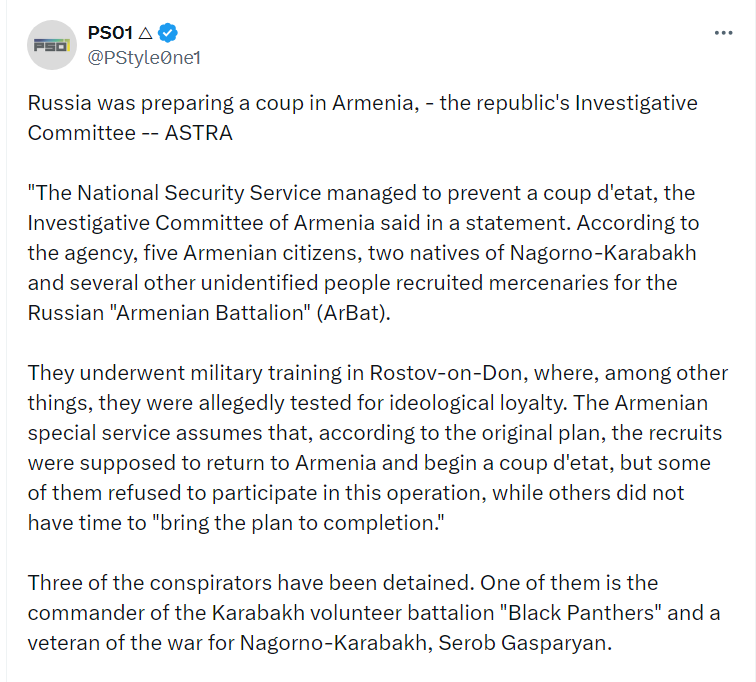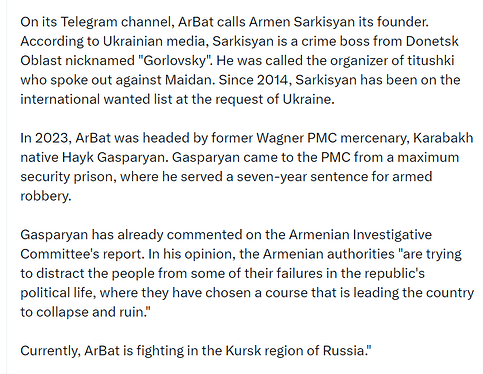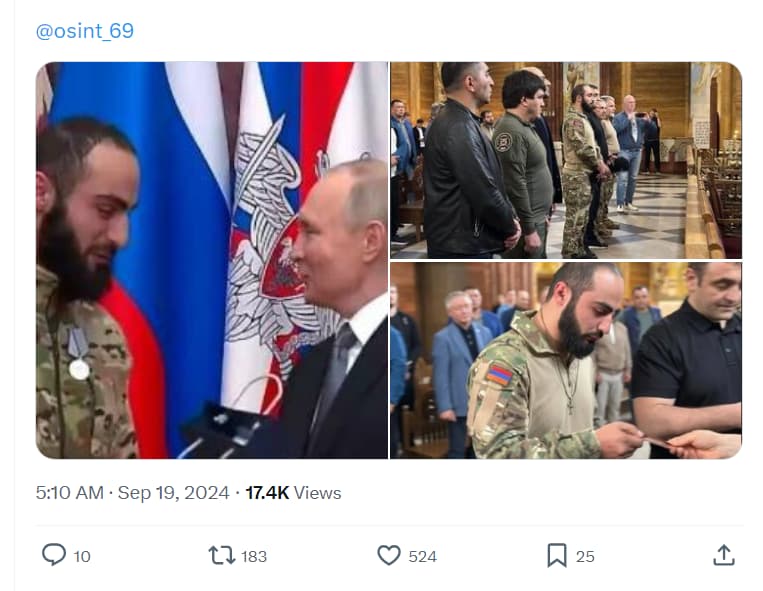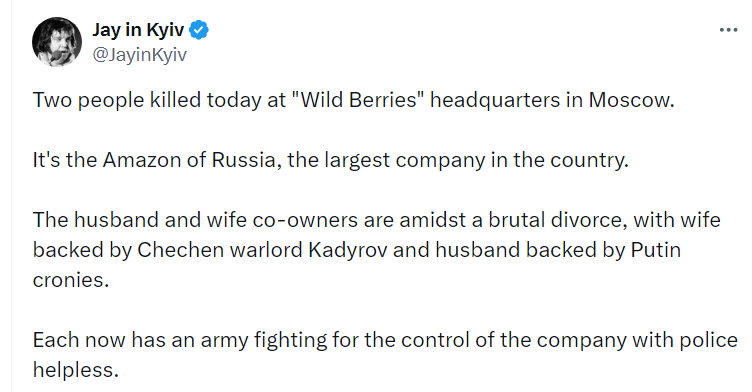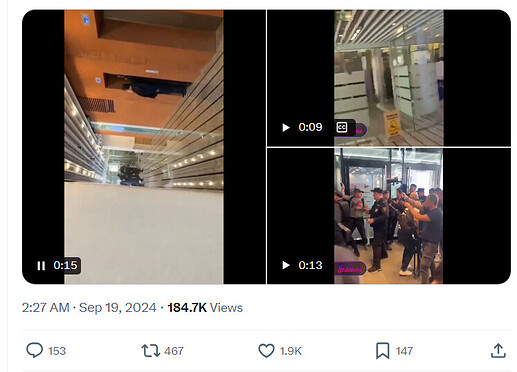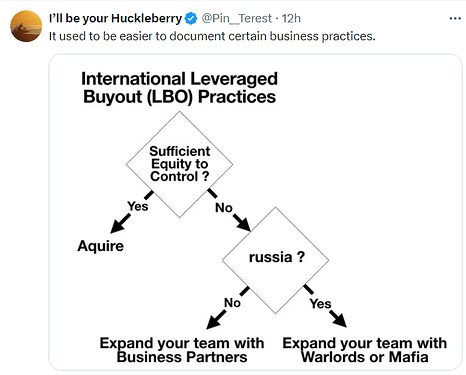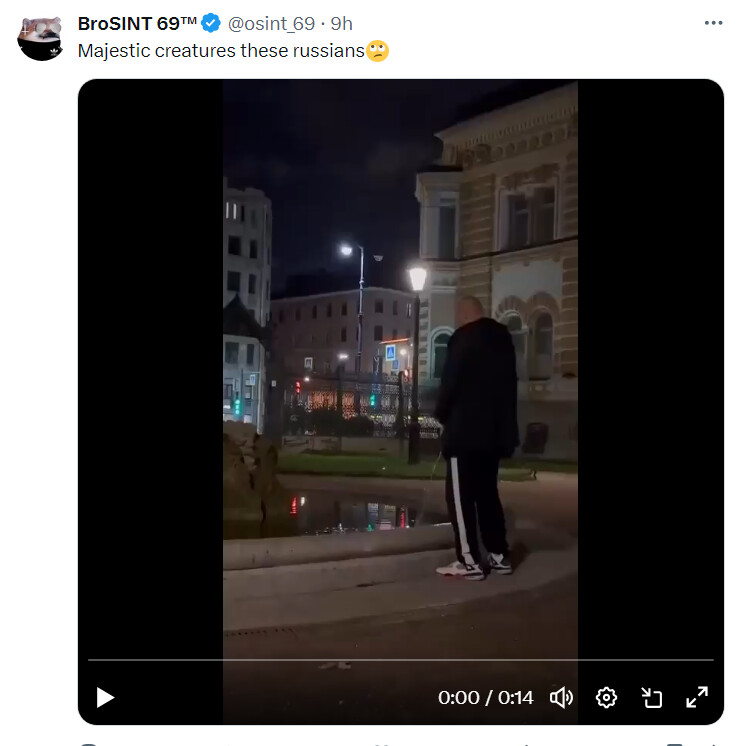ASH: War in Ukraine - where is the Western leadership?
It has been more than two years, but despite the fact that the West dwarfs the Russian economy, it has been unable to aid Ukraine to a victory in the war. What’s the problem? Where is the Western leadership? / bne IntelliNews
September 19, 2024
Over two and a half years now into Putin’s full scale war on Ukraine and I think the West should be asking itself where it has gone wrong. Why has the West, with a combined GDP of $60 trillion, thirty times that of Russia, been unable to give Ukraine the support needs to bring it a speedy victory? And sure, some will argue that the fact that Russia has not beaten Ukraine is in itself a victory, but the reality is that Ukraine’s continued survival against overwhelming odds owes more to the bravery of Ukrainians than the support it has received from the West.
At the core of the West’s failings is a fundamental lack of leadership, both within Europe, but I think also and more importantly from the US, as the supposed leader of the free world. The US here talks of US exceptionalism - well the war in Ukraine was the ultimate test of the US place as the leader of the West.
There has been a continuous timidity in the Western approach when it comes Putin’s war on Ukraine, an over-appreciation of the threats and demands of Russia, and I think an under-appreciation of the importance of ensuring Putin does not win this war.
One can see the failures very early on from the Biden administration, and particularly from its national security leadership in continuously failing to read Putin. From the outset the Biden administration saw China as the biggest global threat to the US and the international order, mistakenly seeing Russia as a declining second or third rate power. I think here they failed to understand that the Putin regime saw itself as at war with the West, as Lavrov et al put it, of a battle between ideologies, between “western liberal market democracy” and “sovereign democracy” - the latter of which is a fancy term for a “hands off autocrats” deal with the West. I don’t think Biden, Blinken or Sullivan ever got this, and still don’t. I dont think they ever understood the stakes in the game, or how far Russian subversion of our system had got - I would argue that already in the 2016 presidential election, or Brexit, in the same year, Russian political technologies were already deployed to devastating effect in support of Russian interests and the ultimate victory of kleptocracy/sovereign democracy over Western Liberal Market Democracy. One might well ask is it already too late given the rise of the Afd, and Le Pen, et al, and potential for Trump to return to finish the job in the US.
Importantly though Putin recognised this as an existential battle for the survival of his regime, and it’s prime defence was attack - to subvert the system of Western Liberal Market Democracy from within, by using Russian money as a corrupting influence to corrupt our systems from within - backing far right and far left parties in the West, promoting centrifugal forces within the West, and buying influence in politics, academic, sport, the media, business, et al. For Putin it was the West or him, which is very different I think from the threat to the West from China. Xi loves the global status quo, he is happy for the two systems to exist side by side, as he still sees globalisation and international trade as the means to eventually secure hegemony with the US. For China it is a symbiotic relationship - and he has/had no desire to kill of the system (the West) that China fed off. But Putin saw his survival in killing off Western Liberal Market Democracy. I don’t think Biden, Blinken or Sullivan ever got this, and still don’t. I dont think they ever understood the stakes in the game, or how far Russian subversion of our system had got - I would argue that already in the 2016 presidential election, or Brexit, in the same year, Russian political technologies were already deployed to devastating effect in support of Russian interests and the ultimate victory of kleptocracy/sovereign democracy over Western Liberal Market Democracy. One might well ask is it already too late given the rise of the Afd, and Le Pen, et al, and potential for Trump to return to finish the job in the US.
True, I think the Biden administration finally woke up to the threat from Russia, at least to Ukraine, with Russia’s military build up over the course of 2021, and then with the full scale invasion of Ukraine in February 2022. Outing Russia in its mission to invade Ukraine was a brilliant PR move by the US - it was the last hope perhaps of averting the invasion, but by this time it was perhaps already too late, as years of cow towing to Moscow at the expense of backing Ukraine’s defence meant that Ukraine was by then woefully underequipped to deter the inevitable Russian invasion.
Russia invaded Ukraine in 2022 because Putin fundamentally did not accept Ukraine’s right to exist, and Ukrainians’ identity separate from Russians - and the Nato enlargement threat was the bluff/excuse/smokescreen. But Russia invaded also because it could, because Putin expected no Western response and assumed a speedy Ukrainian defeat because Moscow had seen the timidity from the West in failing to supply Ukraine with the weapons to defend itself. Indeed, Russia and the West, and perhaps the Ukrainian leadership itself, did not think Ukraine could fend off a Russian invasion. The widespread assumption was that the war would be over in weeks, and result in an overwhelming Russian victory. The only defence for Ukraine was deterrence, but the West had left Ukraine brutally exposed there with little real signalling to Russia as to the real negative consequences of such an invasion. Putin invaded because he expected a speedy victory and little international consequences. That was a seismic and catastrophic failure of Western leadership.
Thank god for the bravery of Ukrainians - they were the deciding factor in the early weeks of the invasion, plus the arrogance and incompetence, corruption, etc of the Putin regime.
But the West still did not learn, even with the Ukrainians appealing for advanced weaponary to defend their country. Yes, there were real concerns at this point as to the willingness of Putin to escalate - did he have escalation domination, and was he willing to do literally anything to take Ukraine? Quickly we learned though that he did not, by going through the gears of supplying more javelins, manpads, then T72s, Mig29s, HIMARS, Lepards, ATACMS, and eventually F16s, that Putin set red lines but did not keep to them. There was a worry that Putin would resort to WMD around the time of the siege of Azovstal, but he did not, and I think the West should have learned two things from this, which demonstrated Putin’s own constraints:
First, on WMD, and broader escalation, I think that Putin values the relationship with China. And herein, Xi I think was discomforted with Putin’s invasion of Ukraine as it risked destabilising global markets and by so doing the globalisation driven ascent to economic hegemony that China so desired. So I think Xi set constraints in Russia of no first use of WMD, or any sanctions response which would have potentially destabilised global markets. Indeed, in response to aggressive Western sanctions, Russia had an array of options across commodities to cause strain on global markets, but failed to use its leverage. And China’s leverage here is that ultimately the Russian economy depends on markets in China for its commodities. Russia was not willing to go against the ultimate strategic interests of its paymaster, China.
Second, I think we learned in Nato going thru the gears of weapons supply to Ukraine that Putin is actually scared of a direct conventional war with Nato. And I think here he realises that because of Nato’s huge technological superiority (as evidenced through the war in Ukraine), that Russia would lose any such war very quickly. Perhaps he realises that in any such war, a speedy conventional Russian defeat would see it forced to fall back on the nuclear defence but then capped by constraints from China. There are obviously stories that the West warned Putin in 2022 of a massive Nato conventional strike in Russia in response to a first use of WMD in Ukraine - perhaps here it is a combination of the threat from Nato and the restraining force of China. But net net, when it comes to the warnings of retaliation from Putin over the Western supply of F16s to Ukriane or now permission to use long range missiles against targets in Russia, the same Russian red lines are not serious. Putin is not going to attack Nato in response or resort to WMD, as that would be both an acceptance by him of weakness and failure (in Ukraine) but also would hasten his own defeat by bringing in Nato and China against him.
The recent debate about green lighting long range missile use for Ukraine, just affirms to me that the Biden administration, and absolutely the German government, have still not learned much about Putin from the two and a half years of this war. But spelling it out to them, in simple terms, Putin is a bully, who only respects force. You show him weakness and he will exploit your weakness.
Putting all this together the West should focus on providing Ukraine with the full range of conventional weaponary needed to win the war. This will send the best message possible to Putin that he cannot win the war, and will force him to negotiate peace - from a postition of Ukrainian strength.
Lack of leadership on sanctions
The West has gone a lot further on the sanctions front than I think anyone, including Putin, imagined in the run up to the full scale invasion. But the reality is that sanctions have been still too timid and slow moving to have enough effect. Yes, sanctions are only one part of the toolkit of statecraft, but we could and should have done much more. Partly I think the mistake made by the US, in particular, was this desire to ensure Western unity, and to try and bring all Western nations on board. There has also been a reluctance to take pain by the West. Hence there has always been a long negotiating process to minimise the damage to individual Western economies, and companies (many lobbied hard against), and hence we ended up with sanctions by the path of most resistance. Too little, too late, often, and giving Russia lots of routes to circumnavigate sanctions. The reality is the question should have been, is Russia an existential threat to Western national security - answer, absolutely. Then how can we hit Russia hardest, and to change behaviour as quickly as possible, and if so we need also to be prepared to take some pain. And in the end, forget about Western unity, the US is the dominant economy in the Western world, and everyone complies with the US Treasury. The US should have just said, this is a national security issue, this is what we are doing, you have to follow, or else. You are either with us or against us. Then obviously the US, and it’s allies, should have followed up more aggressively with secondary sanctions ensuring that the likes of China, India, Turkey, et al did not try and circumvent the sanctions for their own benefit.
Lack of leadership around financing Ukraine
Linking sanctions and financing of Ukraine, the issue of making Russia pay and the adequate funding of Ukriane to win are interwoven through the issue of immobilised Russian assets - particularly the $330bn in immobilised Russian assets in Western banking systems.
On the sanctions list, perhaps if Russia thought it would have to pay for the destruction wrought in Ukraine, through the loss of the $330bn in immobilised Russian assets, maybe it would have been less willing to cause the destruction.
On the financing front the data is the data. Western funding for Ukraine has been running at around $100bn a year since the full scale invasion. That’s enough funding for Ukraine to just about stay in the war, but I would argue that Ukraine needs more like $150bn a year to win. I would argue that the threat from Russia to Western security is such that funding Ukraine to the full $150bn should be a Western public good, payable by Western taxpayers - and it’s only a few percentage points of Western GDP. But I get the global cost of living crisis and competiting demands for government spending in the West. In reality the West has not been able to increase spending to the $150bn a year level for Ukraine to win, and given political strains in the Western alliance - the $61bn stuck in the US Congress for months - funding has at times dropped well below the $100bn annualised for Ukraine to win, and at those times Ukraine has tended to be pushed on the back foot in the war. It would be nice if Western leaders were honest with their electorate and explained that this is the Russian threat, Ukraine is the best means to defeat Russia and alleviate the risks, and this is the cost ($150bn a year). Unfortunately our leaders have neither adequately explained the threat or how the funding is to be met. As is I don’t think Western taxpayers are willing to write a cheque for $100bn a year or $150bn even. And as the war likely extends into 2025, and with the risk of a Trump presidency late this year and US funding (40% of total Ukraine funding), I think Ukraine will face a financing cliff next year.
Now guys like me, and others like Zyskind, Zelikow, Zoellick et al have warned for more than two years about the funding crisis and identified the only means to fund Ukraine adequately to win is to use immobilised Russian assets - the $330bn in CBR assets. But our calls have gone on deaf ears and been countered by European governments (Germany, Belgium and Italy) which have stalled the process of freeing immobilised Russian assets for Ukrainian use. Their arguments against are weak, and their opposition fundamentally reflects oppositon from business vested interests, rather than the interests of their own taxpayers. But let’s not beat around the bush, if Ukraine is not adequately financed it will lose the war and the costs then of an empowered revanchist Russia will be multiple times higher for the Western alliance and for Nato. But herein the same European leaders who misread Putin for the past few decades are now the same forces which are blocking the use of immobilised Russian assets for Ukraine.
What is needed here again is for the US to step up and force the issue and threaten Western institutions with sanctions unless they sign off on the decision to allocate the full $330bn in immobilised Russian assets.
I know here there is a wheeze to trying and structure bonds using the interest flow from immobilised Russian assets, but the $50bn planned does not touch the sides really in terms of Ukraine’s annual $100-150bn financing needs. It’s a diversion, arguably which has stalled the initiative to use the full $330bn in immobilised Russian assets.
Looking across the issues above, we see a fundamental problem of a lack of Western leadership in addressing the threat from Putin, and in providing Ukraine with the resources to win the war - which is is in our fundamental security interests. Europe is obviously weak and divided, as a result of populism and the rise of far right and far left political forces - fanned and funded by Putin. The US ultimately should have provided the leadership but the Biden administration has fallen short.
